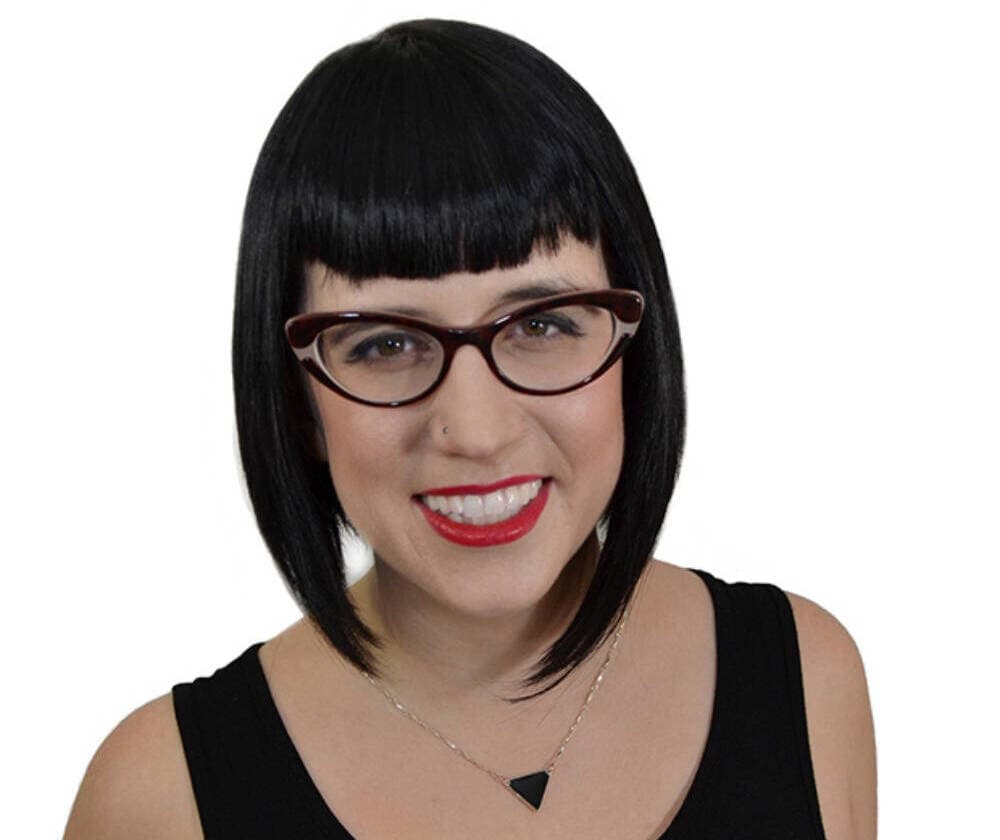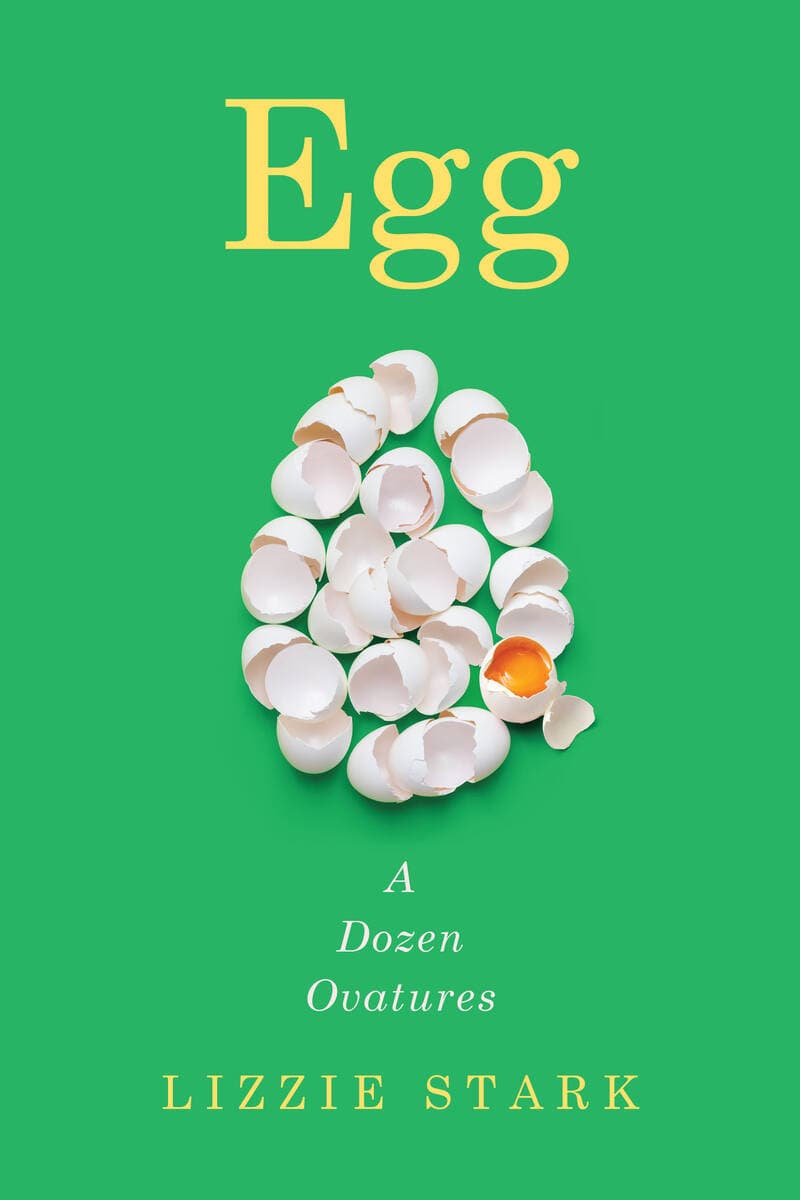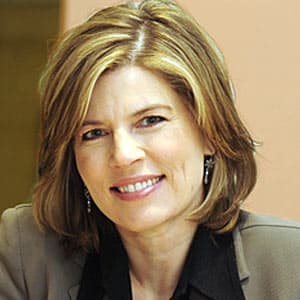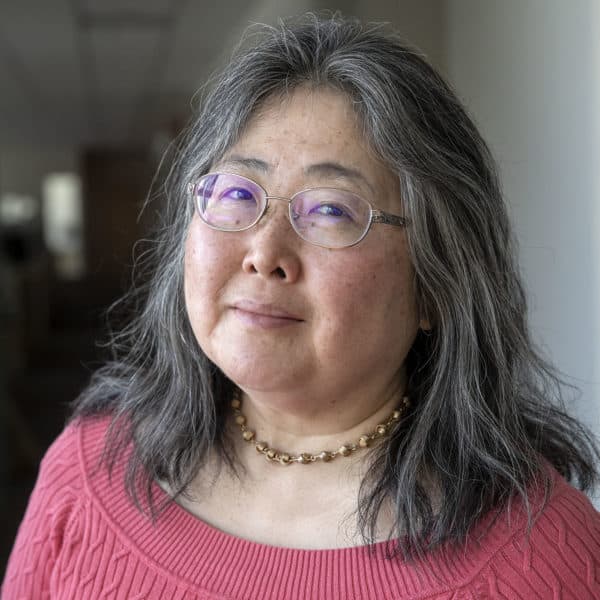Advertisement
'Egg: A Dozen Ovatures' book egg-spounds on the history of the not-so-humble ovals
Resume
Editor's note: This segment was broadcasted on June 2, 2023. Find that audio here.
The egg plays an important role in both Passover and Easter holidays. And as a new book points out, the egg — the world's most primal symbol — also plays a role in several creation stories.
It's also remarkably versatile: Eggs are used in vaccine cultivation, decoration, and of course, the egg is essential to many a delicious dish. Author Lizzie Stark boils down the history of the egg in her egg-squsite new book "Egg: A Dozen Ovatures."
The egg is seen and used throughout history and across cultures. It shows up so frequently in mythology that scholars named it “the cosmic egg,” Stark says.
“In Finnish myth, there is a bird flying over the lady of the waters and she lays an egg on the lady of the water’s leg.” Stark says. “Eventually, the eggs break and they let out the whole world.”
The book also tackles the proverbial question of which came first, the chicken or the egg?
It’s the egg, of course. Reptiles were producing eggs millions of years before the ancestors of the chicken walked the Earth. Tyrannosaurus Rex laid eggs 65 million years ago, and chickens are their closest living relative.

Book excerpt: 'Egg: A Dozen Ovatures'
By Lizzie Stark
This is a book about eggs, scrambled, boiled, and cosmic; eggs in magic rituals, in the vaginas of conceptual artists, and at the center of Gold Rush gang wars. It is about crusty, obsessed Victorian gentlemen and the modern blue-collar guys who want to be like them. It is about the clown code and experiments in space. It is also about my dad, my mom, and me and our relationship with one another in and out of the kitchen.
An egg is a paradox. It is both alive and not-alive, the most precious and most worthless cell in the world: precious because it can generate new life; worthless because most efforts at creation fail, so evolution plays the odds and makes eggs plentiful. Take human ovaries. Those of us born with them start life with about one million eggs. By puberty, we’re down to roughly three hundred thousand. A minuscule number of those—less than a tenth of one percent—makes it down the fallopian tubes during the fertile years. Even by the most generous measures, no human has ever used more than about a quarter of their viable eggs.* The world’s most prolific human mother was allegedly a Russian peasant of the eighteenth century who bore sixty-nine children. History does not remember her name with certainty—it may have been Valentina. The Guinness Book of World Records lauds her merely as “the wife of Feodor Vassilyev.” Let me repeat that: the world does not know the name of the person who fit nearly seventy babies through her cervix, and that—the way the patriarchy tries to control eggs and erase mothers—is also part of this story.
Aside from its new-life potential, sometimes an egg is a fungible, yet concrete commodity. One of the stranger examples of this comes from the Philippines. Spanish conquerors spent three centuries colonizing the islands, starting in the mid-1500s. They brought many varieties of Catholic missionaries with them, who built baroque churches of local materials—walls of adobe, stone, and brick faced with plaster. The builders used animal proteins to strengthen the concrete and plaster, including buffalo milk, goat blood, and the whites and shells of local duck eggs. Forget lemons and lemonade: when colonialism gave them egg yolks, Filipino women created iconic, yolk-heavy snacks and desserts. These include dishes like yema, a mix of yolks, condensed milk, sugar, and lime zest; leche flan, a heavier version of the classic; and a variety of cookies, Catholicism’s architectural zeal reflected in rich pastry. This is a typical story featuring eggs: we start with one thing but end up with quite another, thanks to human ingenuity.*
*I say “their” and not “her” because “people with ovaries” and “women” don’t mean the same thing, although most people with ovaries are assigned the sex of female at birth. I have friends and relatives with ovaries who are not women, and friends and relatives without ovaries who are definitely women. I will try to preserve this distinction throughout the book but suspect I will make some mistakes. Please forgive me when I err.
Excerpted from 'Egg: A Dozen Ovatures' by Lizzie Stark. Copyright © 2023 by Lizzie Stark. Used with permission of the publisher, W. W. Norton & Company, Inc. All rights reserved.
This segment aired on April 4, 2023.

